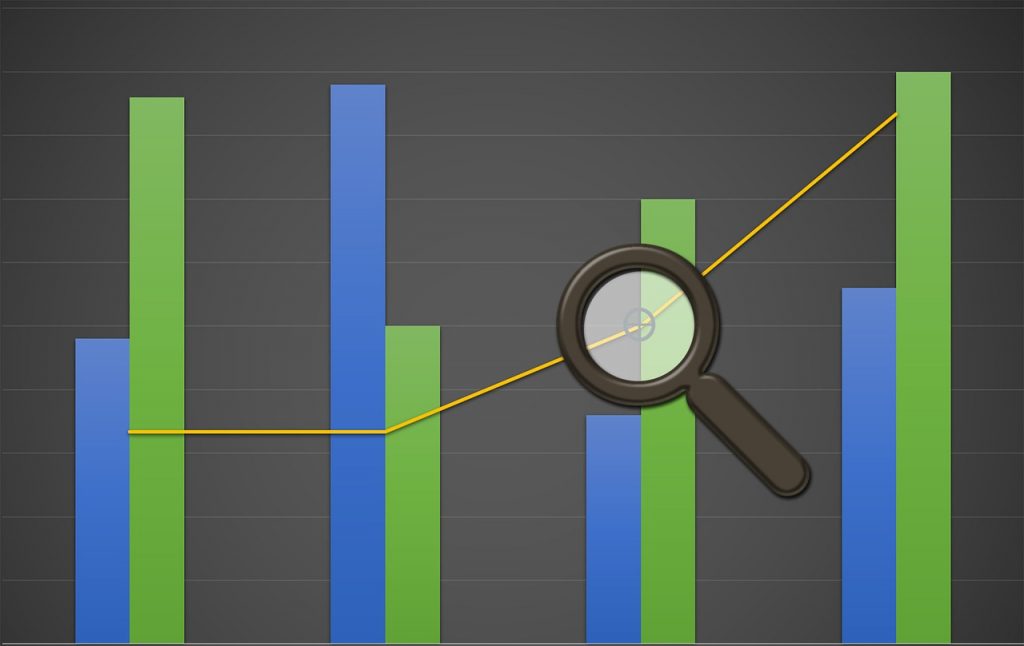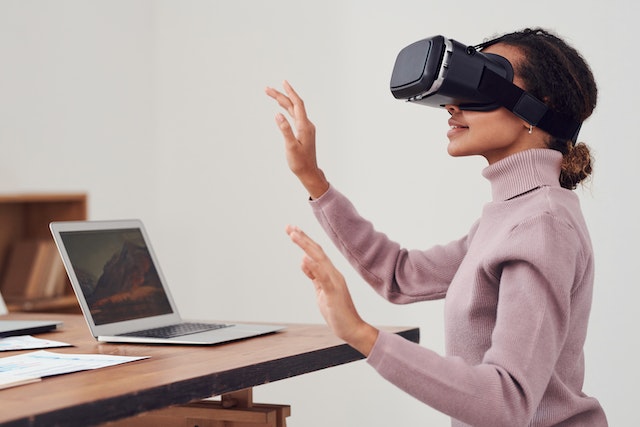
GUEST POST from Art Inteligencia
Trend analysis is an important tool for businesses, and it’s essential to understand how to use it in order to stay competitive. Trend analysis is the process of looking at data points over time to identify patterns and changes in behavior. It can help businesses identify opportunities, risks, and trends in the market, and it’s a great way to measure performance and plan for the future.
Trend analysis can be used to analyze past and current data, and it can also be used to predict future trends. By looking at patterns in the data, businesses can identify correlations and relationships between different variables that can inform decision-making. This can help businesses anticipate changes in the market and develop strategies to capitalize on them.
Trend analysis can be used to measure customer behavior, demand for products and services, and the effectiveness of marketing campaigns. It can also be used to identify seasonal trends, such as shopping habits during the holidays, and to monitor the performance of competitors.
Businesses can use trend analysis to identify potential opportunities and risks in the market. By analyzing past data, businesses can identify potential opportunities and create strategies to take advantage of them. They can also use trend analysis to identify potential risks and develop strategies to mitigate them.
PESTLE analysis can be used in trend analysis to identify key drivers of change.
PESTLE stands for Political, Economic, Social, Technological, Legal, and Environmental factors. It is an acronym used to analyze and assess the external environment of an organization in order to identify any potential opportunities or threats that may affect its operations. PESTLE analysis provides a comprehensive view of the external environment in which a business operates and can be used to identify potential risks and advantages that may not be immediately obvious.
This can help to identify potential opportunities and threats that may arise from changes in the external environment. By understanding how trends in these factors may impact your business, you can better plan for the future and ensure that your business remains competitive.
Trend analysis can also be used to track progress and measure the success of a business. By looking at data points over time, businesses can track their progress and measure the success of their strategies. This can help them identify areas of improvement and adjust their strategies accordingly.
Trend analysis is a powerful tool for businesses, and it’s essential to understand how to use it in order to stay competitive. By analyzing data points over time, businesses can identify trends, opportunities, and risks in the market and develop strategies to capitalize on them. It’s a great way to measure performance and plan for the future, and it can help businesses stay ahead of the competition.
Bottom line: Futurology is not fortune telling. Futurists use a scientific approach to create their deliverables, but a methodology and tools like those in FutureHacking™ can empower anyone to engage in futurology themselves.
Image credit: Pixabay
![]() Sign up here to get Human-Centered Change & Innovation Weekly delivered to your inbox every week.
Sign up here to get Human-Centered Change & Innovation Weekly delivered to your inbox every week.







